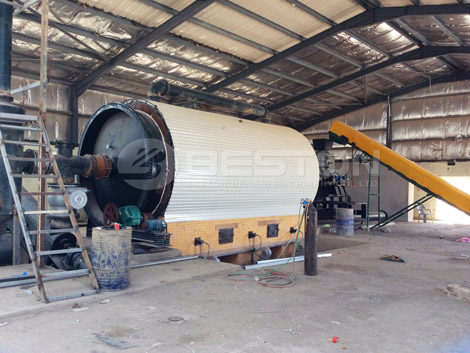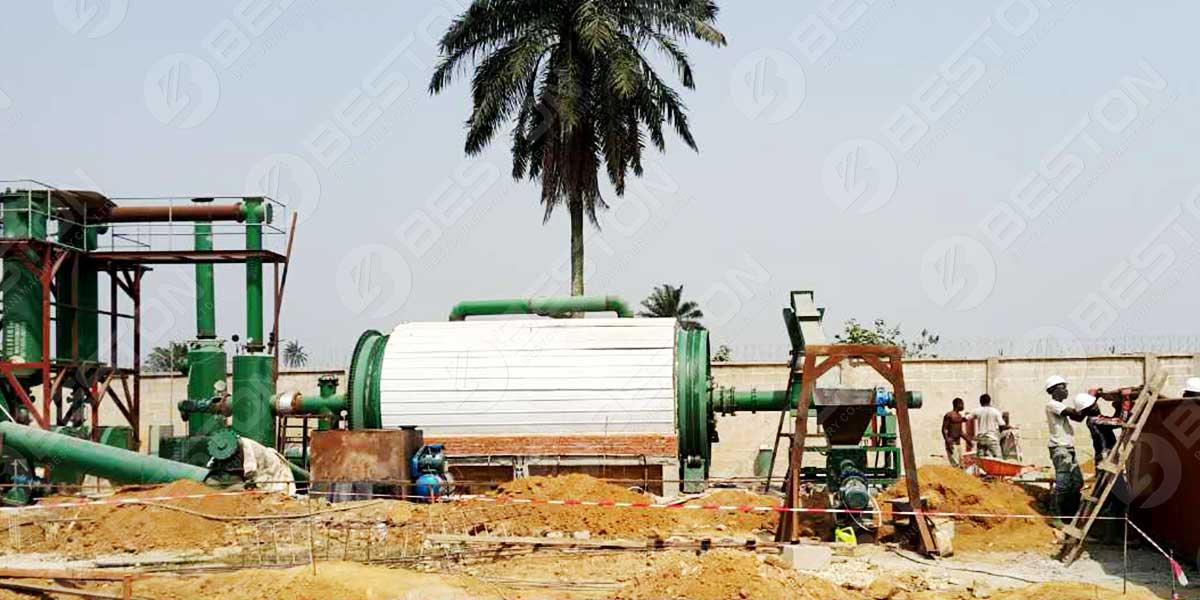How Does a Tire To Oil Plant Work? The Pyrolysis Process Explained
As the vehicle industry expands in size, the number of trash tires produced climbs in proportion. As a result, it is reasonable to assume that waste tire pollution is getting worse by the day. In return, people all over the world have developed various methods for dumping discarded tires in order to limit and prevent pollution. See how to dispose of water tyes with tyre to oil plant?
What Are the Various Methods for Disposing of Used Tires?
Currently, the most frequent methods for disposing of waste tires are waste tire recycling to recovered rubber, retreading, and pyrolysis technology. Of these, Pyrolysis technology is possibly the most promising of all of them. This is due to the large volume of waste tires that pollute the environment.
What Is a Tire Pyrolysis Plant?
An oil pyrolysis plant is equipment that turns discarded tires, and plastics among other solid waste into oil, carbon black, and uncondensed gas. Using discarded tires as a raw material in an oil pyrolysis plant helps recycle waste, which in turn helps humanity safeguard the environment by reducing waste accumulation. In business, by selling the by-products of the process, investors can make a lot of money.

The Workflow Steps of a Tire Pyrolysis Plant
Step 1: Feeding the raw materials
Automatic feeding equipment feeds waste tires or plastic into a pyrolysis reactor. The reactor of pyrolysis plant for sale should be given a third of its volume to allow it to rotate more smoothly. After that, ensure sure the feeding machine’s inlet is securely shut.
Step 2: Heating
The fuel material (LPG, tire oil, wood, natural gas, or coal, created from waste tire/plastic to fuel oil pyrolysis plant) will be gently heated in the pyrolysis reactor.
Step 3: Separation of the By-Products
When the temperature reaches 100°C (the top output rate interval is 250-280°C), the oil gas will be emitted. The heavy oil gas separated by the manifold is supposed to liquefy and fall directly into the heavy oil tank. The lighter gas will then rise to the oil condensers, where it will be liquefied and stored as oil. Lastly, the non-condensable gas will be desulfurized and dedusted before being fed into the furnace of tire pyrolysis plant, which will heat the pyrolysis reactor for recycling.
Step 4: Cooling
The reactor should be cooled after all of the fuel oil has been produced. When the temperature drops below 40 degrees, carbon black will be expelled automatically.
Step 5: Steel Wool Removal
If the source materials are discarded tires, remove steel wires from the reactor using hooks once the temperature has dropped below 50 degrees Celsius.
Step 6: Purification of Exhaust Gas
If there is any remaining exhaust gas, you can purify it using the smoke cleaning system to bring it up to emission standards.

All in All
You can recycle scrap tires into renewable energy using the tire pyrolysis technique. The best part is that you can do all of this without polluting the environment in the process. To avoid air and water pollution, make sure your waste tire pyrolysis facility has a smoke cleaning system, tail gas cleaning system, bad odor elimination system, and water circulation system. Get a small pyrolysis plant here.